Linux has consistently been at the forefront of the ever-evolving landscape of operating systems, with continuous enhancements and innovation, particularly in the realms of security and stability. Over the past few years, a new trend has emerged within the Linux ecosystem: immutable Linux distributions.
These distros are designed to provide a higher level of stability and security by making the core file system immutable, meaning that it cannot be altered after installation. In this article, I will delve into the concept of immutable Linux distributions and explore their benefits, challenges, and potential for the future of computing.
What Are Immutable Linux Distributions?
Immutable Linux distributions are Linux distros that utilize read-only file systems. Unlike traditional Linux distributions, where users and applications can modify system files, immutable distributions prevent such changes. This immutability is achieved by using a combination of technologies such as atomic updates, transactional package management, and containerization.
Related:Linux Kernel Security in 2025: New Features and Emerging Threats
Key Characteristics of Immutable Distributions
There are a number of key characteristics of immutable Linux distributions:
1. Read-Only File System: The core file system is mounted as read-only, thereby preventing unauthorized or accidental file system changes.
2. Atomic Updates: Automatic updates reduce the risk of system corruption because they are either fully updated or not updated at all.
3. Transactional Package Management: Package installations and updates are handled in a transactional manner, thus ensuring consistency throughout the system.
4. Containerization: Modern applications often run in a containerized environment that isolates them from the core system while enhancing security.
The Evolution of Immutable Linux Distros
This concept of immutable operating systems is not new. Early examples include specialized systems in embedded devices and kiosks, where stability and security are paramount. The idea has gained traction in the broader Linux community with the advent of projects like CoreOS, which aimed to provide a minimal, immutable OS for running containerized applications.
Modern Implementations of Immutable Linux Distros
Related:Linux Kernel 6.x: Powering the Future of Open Source Computing
Several immutable Linux distributions have gained traction lately, each with its unique approach and features, including:
Fedora Silverblue
Fedora Silverblue is a Fedora Workstation variant; it uses the OSTree technology to manage atomic updates and a read-only file system.
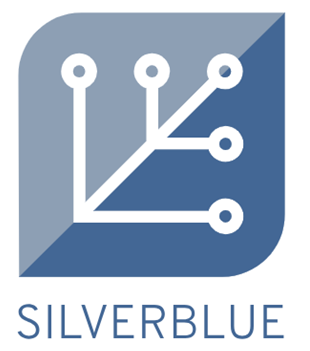
Figure 1. Fedora Silverblue logo. Source: Fedora
OpenSUSE MicroOS
Specially designed for containerized workloads, MicroOS employs transactional updates and a read-only root file system.
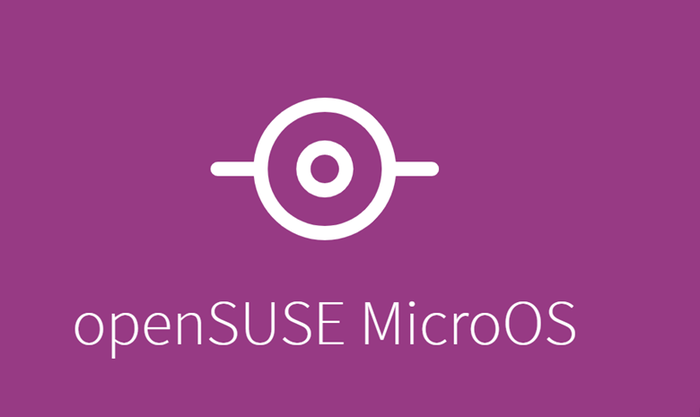
Figure 2. OpenSuse MicroOS logo. Source: OpenSuse
Endless OS
Focused on simplicity and ease of use, Endless OS uses a read-only file system, and atomic updates ensure stability.

Figure 3. The Endless OS user interface. Source: Endless Access
Flatcar Linux
Flatcar Linux is a minimal, immutable OS designed for running containerized applications, built on the foundations of CoreOS.
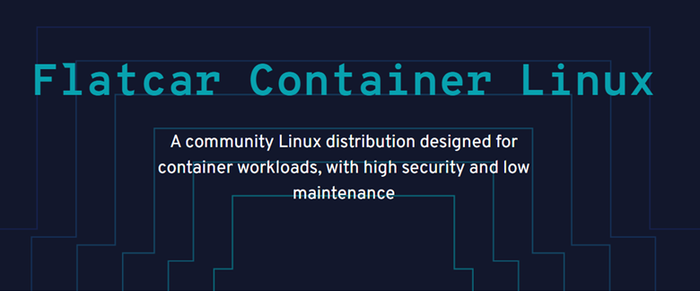
Figure 4. Flatcar Linux. Source: Flatcar
carbonOS
carbonOS is designed with simplicity, reliability, and user experience in mind. It also employs atomic updates.
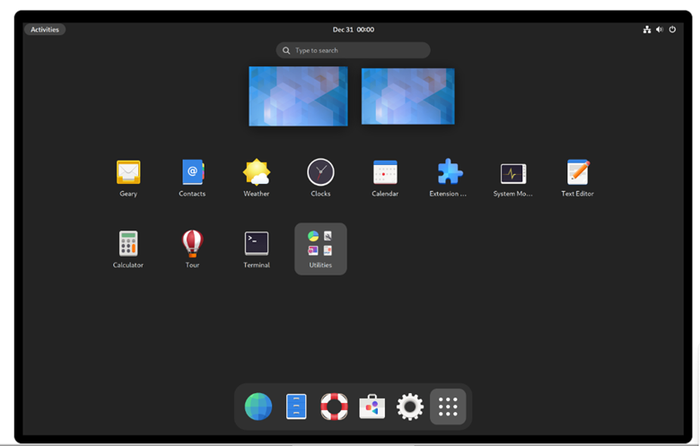
Figure 5. carbonOS user interface. Source: carbonOS
NixOS
NixOS uses a revolutionary method of system management through its purely functional package management system, Nix.

Figure 6. Nix OS logo. Source: alemann.dev
GNU Guix
Related:AI-Ready Linux Distributions To Watch in 2025
Built on the foundation of the Guix package manager, Guix leverages the purely functional deployment model, ensuring that every package and system configuration is traceable, reproducible, and isolated.

Figure 7. GNU Guix logo. Source: Linuxiac
Vanilla OS
Built on Ubuntu, Vanilla OS leverages the immutability of the root file system to ensure integrity and reliability.

Figure 8. Vanilla OS. Source: TuxPhones
Bottlerocket
Developed by Amazon Web Services (AWS), Bottlerocket is a specialized immutable distro that is tailored for running containerized workloads, making it an ideal choice for cloud-native environments.
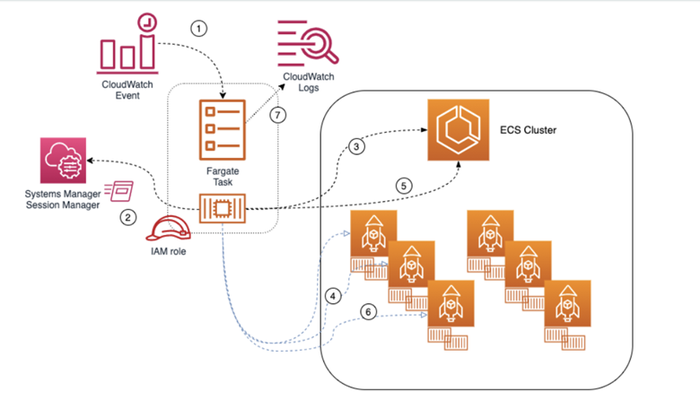
Figure 9. Bottlerocket ECS cluster. Source: AWS
blendOS
The power of blendOS lies in its unique ability to seamlessly run software from various distributions using containerization and compatibility layers, making it an excellent choice for users who want access to a wide range of software without being tied to a single ecosystem.
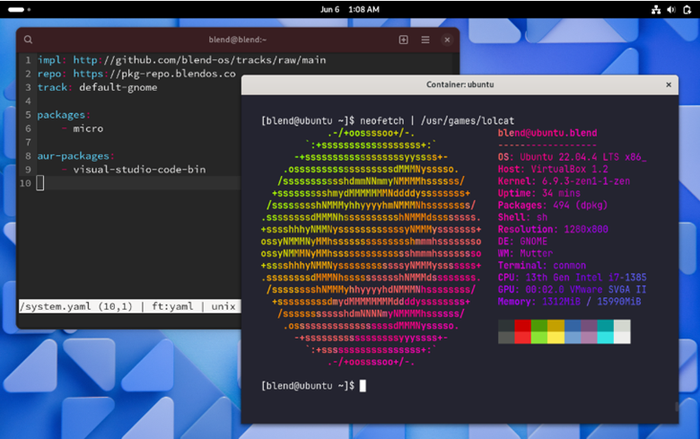
Figure 10: blend OS. Source: blendOS
Talos Linux
Talos Linux is specifically designed for running Kubernetes clusters. Talos eliminates unnecessary components, such as shell and SSH access, to reduce the attack surface and enhance security. Configuration is managed declaratively via YAML files, enabling easy replication and automation of cluster setups.
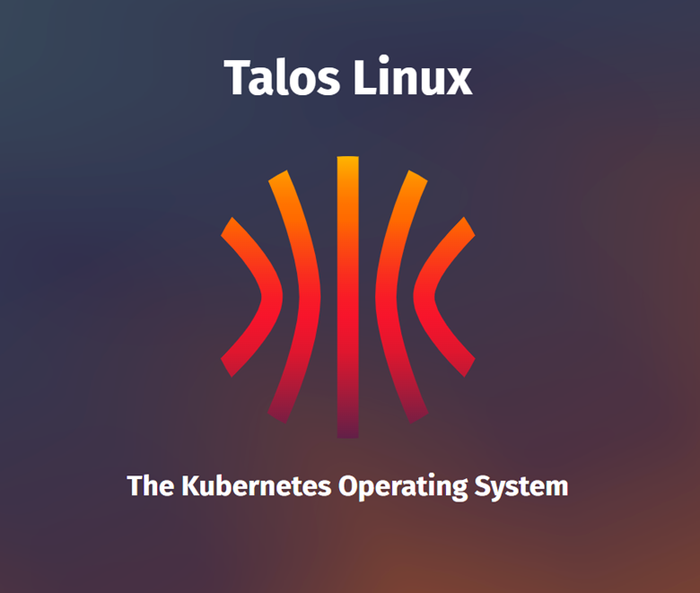
Figure 11. Talos Linux logo: Source: Talos Linux
Nitrux
Built around the KDE Plasma desktop environment and the MauiKit framework, Nitrux leverages AppImages for software deployment, allowing users to run portable, self-contained applications without traditional package management.
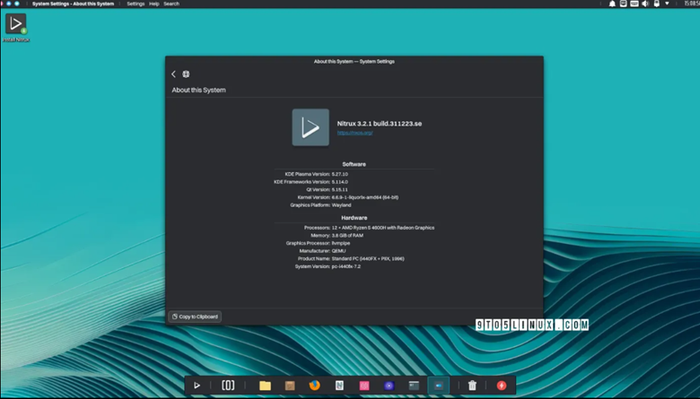
Figure 12. Nitrux Linux. Source: 9to5Linux
Benefits of Immutable Linux Distributions
There are some notable benefits offered by immutable Linux distributions.
Enhanced Security
A primary advantage of immutable Linux distros is their inherently enhanced security. Because the core file system is read-only, immutable distributions can significantly reduce the system's attack surface. Malware operators and other unauthorized users cannot modify critical system files, which makes it harder for attackers to gain a beachhead and for malware to maintain persistence.
Improved Stability
Immutable distributions offer improved stability because accidental or unauthorized changes to the system are not possible. There is a condition known as "dependency hell" that can affect Linux distributions; they are also susceptible to system corruption due to improper updates and conflicting packages. Immutable distros take advantage of atomic updates to mitigate these conditions and ensure that the core system remains consistent.
Simplified Maintenance
With atomic updates and transactional package management, maintaining immutable Linux distributions is simpler and more predictable. System administrators can roll back updates if something goes wrong, ensuring minimal downtime and reducing the risk of system failures.
Ideal for Containerized Workloads
Immutable Linux distributions are particularly well-suited for running containerized applications. The isolation provided by containerization provides an additional layer of security and stability. Applications can run in isolated environments while the core system remains untouched.
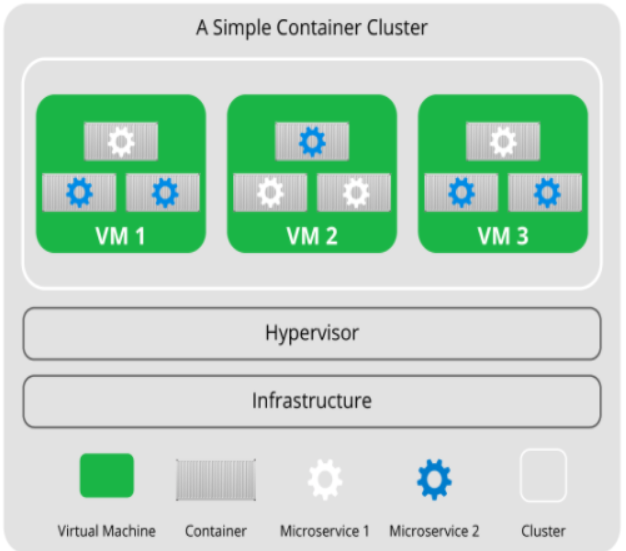
Figure 13. A simple container cluster. Source: JFrog
Challenges and Considerations with an Immutable Distro
There are some key challenges and considerations to be aware of when considering using an immutable distro.
Limited Flexibility
A key challenge when using immutable distributions is their limited flexibility. For users who are accustomed to modifying system files or installing packages directly may find the read-only nature of these distros restrictive. While containerization and user space applications can mitigate some of these limitations, they may not be suitable for all use cases.
Learning Curve
Adopting an immutable distribution requires a mindset shift, and there is a learning curve to get over. Users will need to become familiar with a new set of tools and workflows, such as container management and transactional updates. This can become a barrier to adoption, more so for those who are not already experienced with these technologies.
Compatibility Issues
Software compatibility issues can arise with immutable Linux distributions, particularly applications that require direct access to the file system or specific system configurations. Containerization can address some of these issues, but it may not be a viable solution for all applications, particularly legacy software.
The Future of Immutable Linux Distributions
The future of immutable distros depends on a few factors. Let's go through a few.
Growing Adoption
The benefits of immutable distributions are becoming more widely recognized, especially for certain use cases, and their rate of adoption is likely to grow.
Enterprises are increasingly looking for secure and stable operating systems for running containerized workloads, making immutable distributions an attractive option.
Integration with Cloud-Native Technologies
Immutable Linux distributions are very well-positioned to integrate with cloud-native technologies such as Kubernetes and Docker. As these containerization technologies continue to gain traction, the demand for immutable distributions that can provide a stable and secure foundation for containerized applications is expected to increase.
Evolution of User Experience
Immutable Linux distributions continue to evolve, and as they do so, we can expect to see improvements in user experience and flexibility. Developers are likely to create more user-friendly tools and interfaces, making it easier for users to manage and customize their systems without compromising security and stability.
Potential for New Use Cases
The rise of immutable Linux distributions will likely open new possibilities for use cases beyond traditional server and desktop environments. For example, immutable distros can be used in internet of things (IoT) devices, where stability and security are critical, or in educational settings, where a reliable and consistent environment is preferred.
Final Thoughts and Takeaways
The rise of immutable Linux distributions coincides with a significant shift in the way we think about operating systems. By prioritizing stability and security through immutability, these distributions offer a compelling alternative to traditional Linux distributions.
There are still challenges, but the potential benefits of immutability are clear, making these distros a promising option for a wide range of use cases. As the technology continues to evolve, we can expect to see even greater adoption and innovation, ushering in a new era of secure and stable computing.
.png)

![Bad Apple but it's a sorting algorithm [video]](https://www.youtube.com/img/desktop/supported_browsers/chrome.png)


